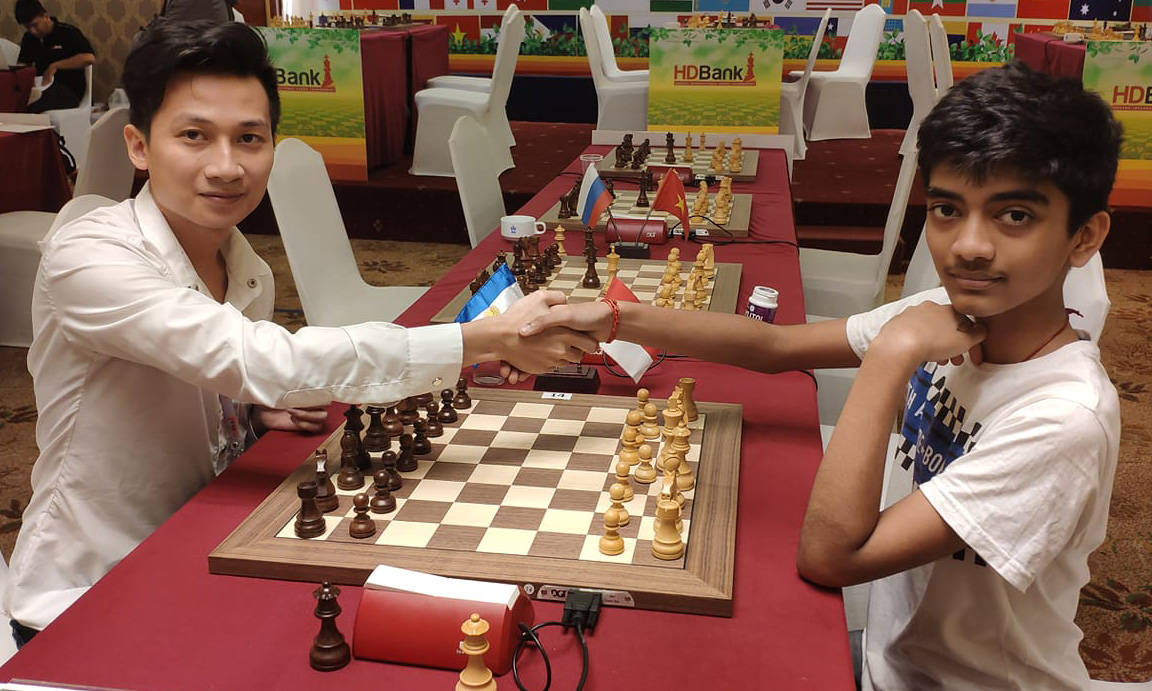Have you heard of the Siberian Trap in chess? No, it’s not a weapon used to hunt tigers. It’s a tricky maneuver used to win a queen or deliver checkmate.
If you’ve ever tried to counter this Smith-Morra Gambit strategically, you might have come across the Siberian Trap, a sneaky tactic that even chess masters can fall for.
This tactic hinges on a crucial element: the knight on f3, which defends against an immediate checkmate on Qh2 The key to exploiting this trap is to distract the defending knight by moving Nd4!. This trick will only work if White’s queen is on the b3, c2, or e2 square. So here’s a tip for you: If you see White moves the queen to one of these squares, think to set up the trap immediately with the knight to g4. This It’s a simple but deadly tactic that demands attention.
How to Set up the Siberian Trap?
The key to this trap is White’s ninth move of h3. It looks like a natural move, kicking the knight out, but it’s a huge blunder. Black could move the other knight to d4, sacrificing it to capture the queen or deliver checkmate. This trap is so fun that you could win the game on the spot with the same tactical sequences for any variations.
How many Players have Fallen into the Trap?
More than 10,000 chess players walked right into Siberian Trap of Smith-Morra Gambit on Lichess alone. And you know what? 9.h3 is the most chosen move in this situation. It’s easy to understand because players tend to move h3 whenever the opponent plays Ng4 or Bg4. But in this situation, it’s a deadly move. Even chess masters have fallen into it, like this game below.
Siberian Trap in other Openings
Due to its simple and easy-to-set-up tactics, Siberian Trap could be found in different openings, like Queen’s Gambit Accepted, Nimzowitsch variation of Sicilian Defense, or Nimzo-Indian Defense.
If you’re playing with the White pieces, you could also seek an opportunity to execute the Siberian Trap. Just remember, when your queen is on the b1-h7 diagonal and Black’s queen is on e7, c7, or b6, and the Black knight is on f6, you can consider playing Ng5 to see if Black falls into the trap.
You could also sacrifice both the knight and the bishop, like this:
Grandmaster missed Siberian Trap? Surely not?
They did. I’m talking about Estonian-American GM Jaan Ehlvest. He was granted the title of Grandmaster by FIDE in 1987. Ehlvest became the Estonian champion in 1986. He was named Estonian Athlete of the Year in 1987 and 1989. From July 1990 to July 1991, he ranked among the top 10 in the FIDE world rankings, reaching a peak of number 5 in the January 1991 list. Since 2006, he has been representing the United States.
Yet, he overlooked the trap in a classical game against German Klaus Pohl in 2007. Ehlvest played 9…Nge5?? instead of 9…Nd4. Despite eventually winning the game, he missed an opportunity for a stylish victory.
How to Counter the Trap?
The main idea for White is to move the knight to b5 and push the pawn to e5 to create some pressure, instead of playing h3. After trading pawns on e5, we’ll try to bring out our queen to attack and use some tactics. The knight on b5 also prevents Black from playing knight to d4. Here’s an example of White countering the Siberian Trap.
I hope that after this lesson, you’ll never overlook this tactical pattern in your games.
Now that you’ve uncovered the secrets of the Siberian Trap, you’re one step closer to dodging it—or springing it on an unsuspecting opponent! Remember, chess is full of sneaky traps like this one. Ever heard of the Noah’s Ark Trap? How about the Elephant Trap or the Legal Trap? Each one has its own flavor of mischief, and mastering them can make your games more exciting.

I’m Xuan Binh, the founder of Attacking Chess, and the Deputy Head of Communications at the Vietnam Chess Federation (VCF). My chess.com and lichess rating is above 2300, in both blitz and bullet.


1 thought on “Siberian Trap: Lose a Queen or be Checkmated”
Comments are closed.